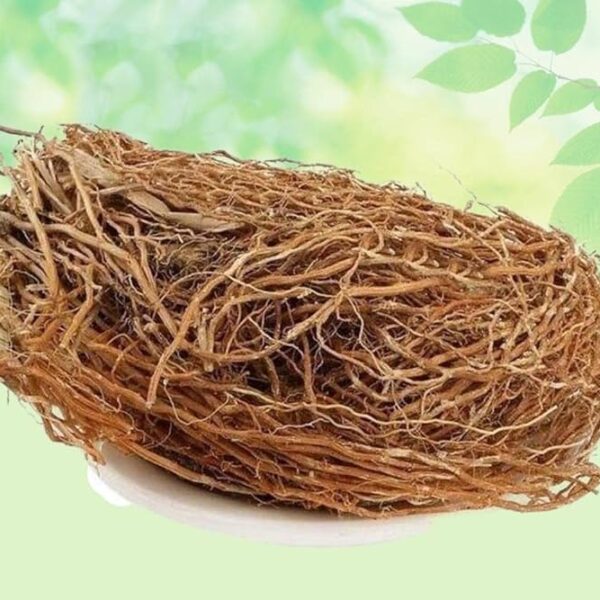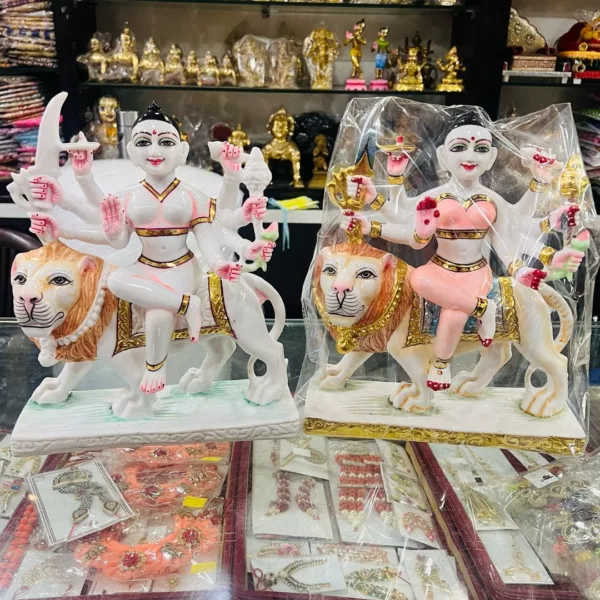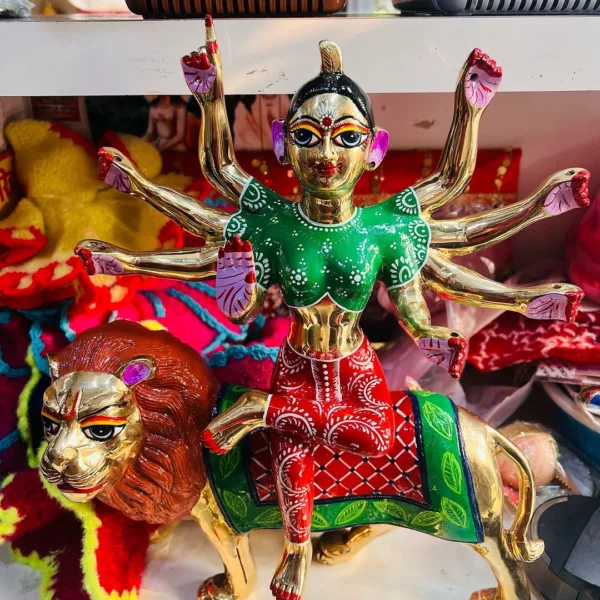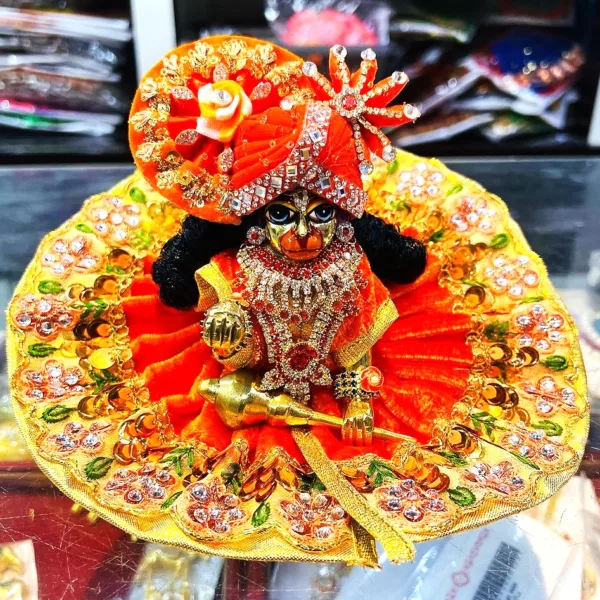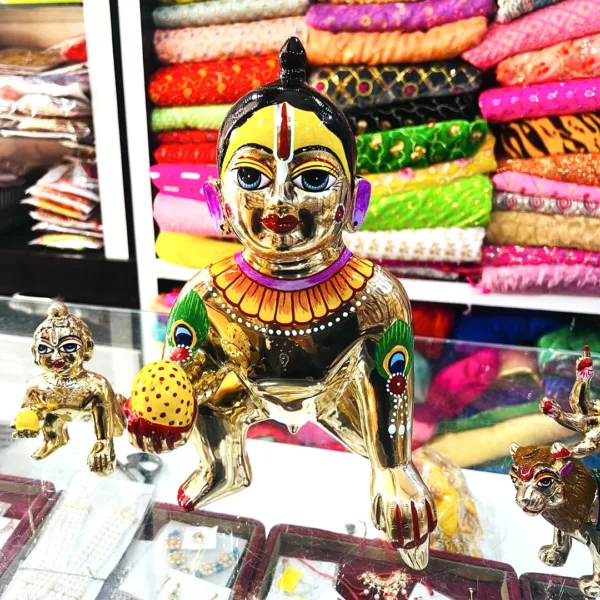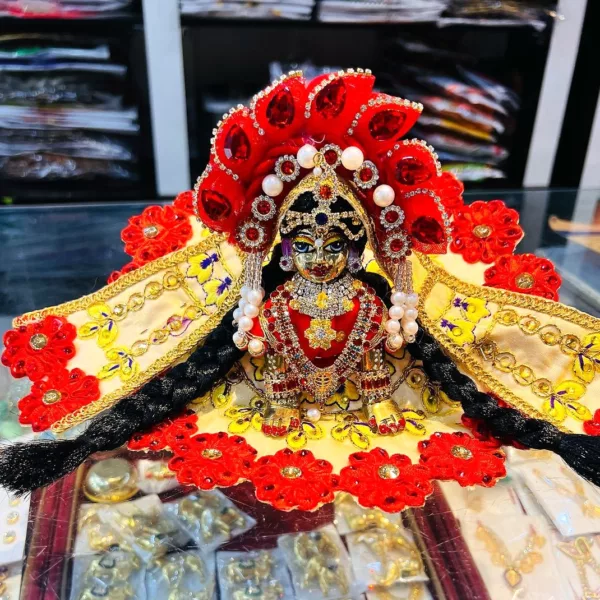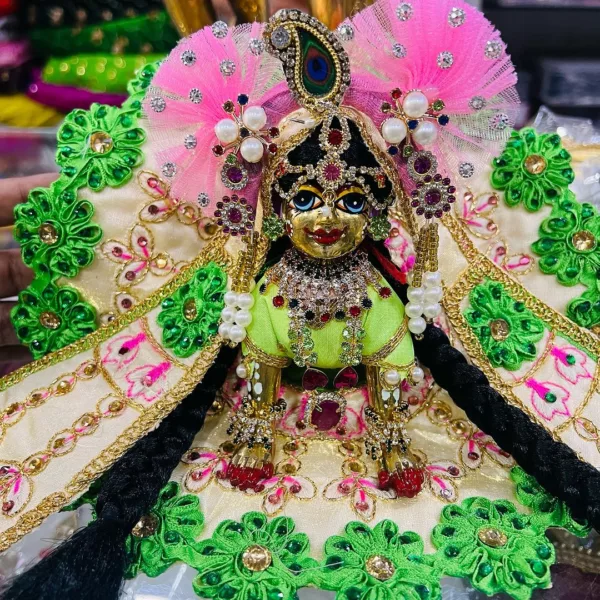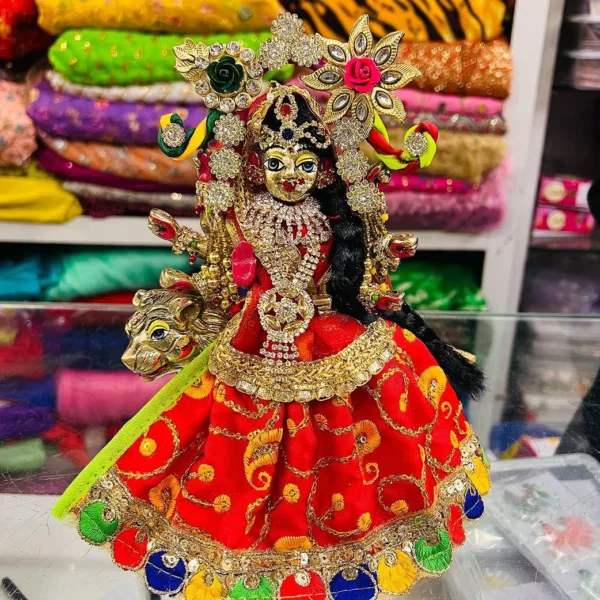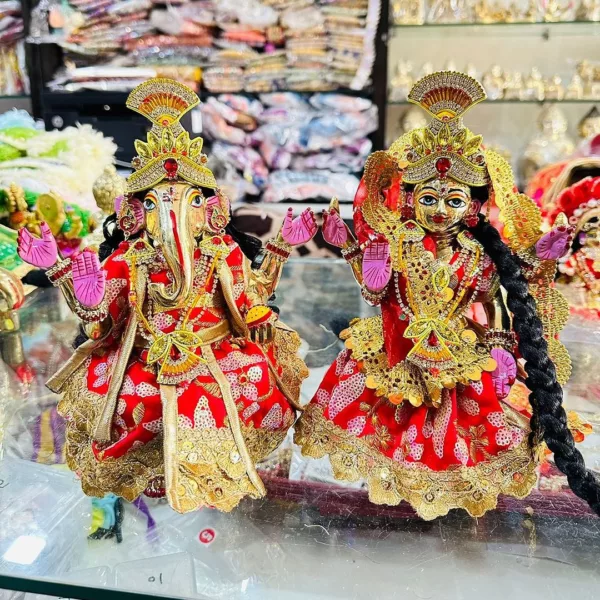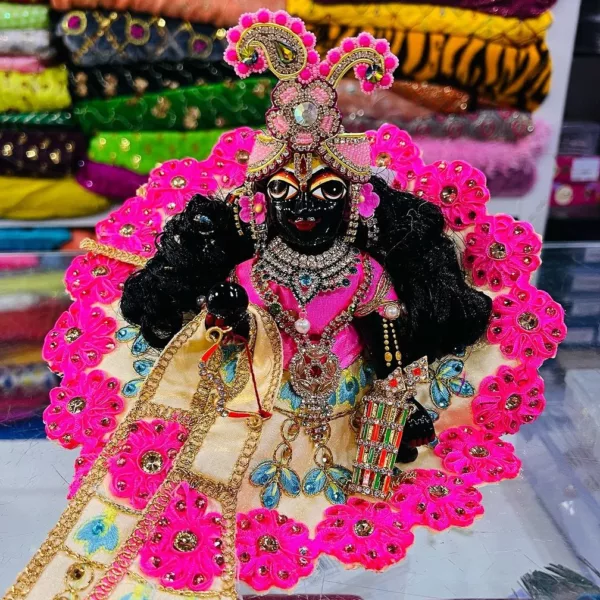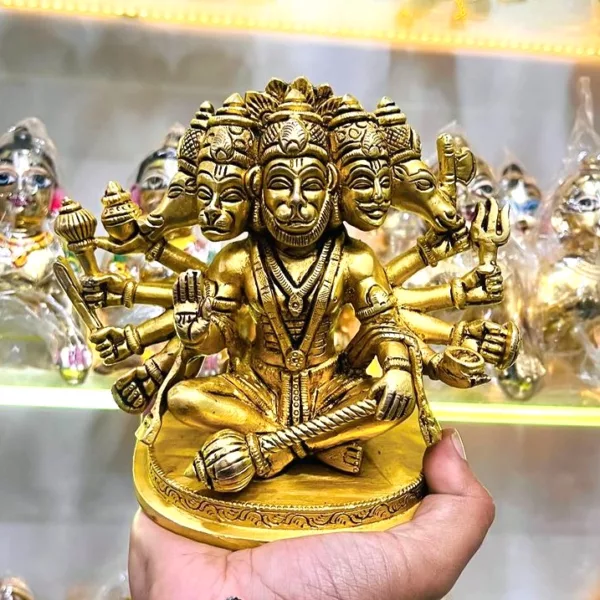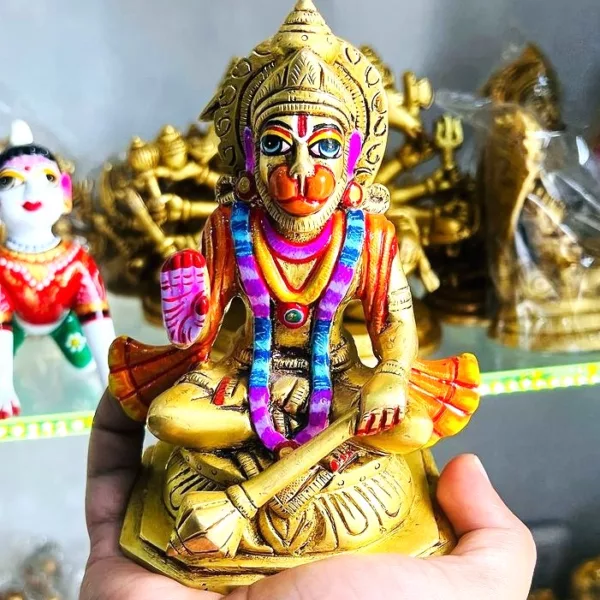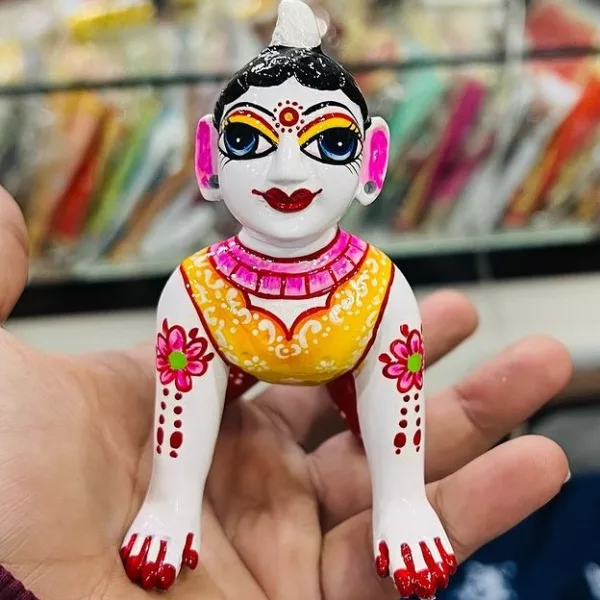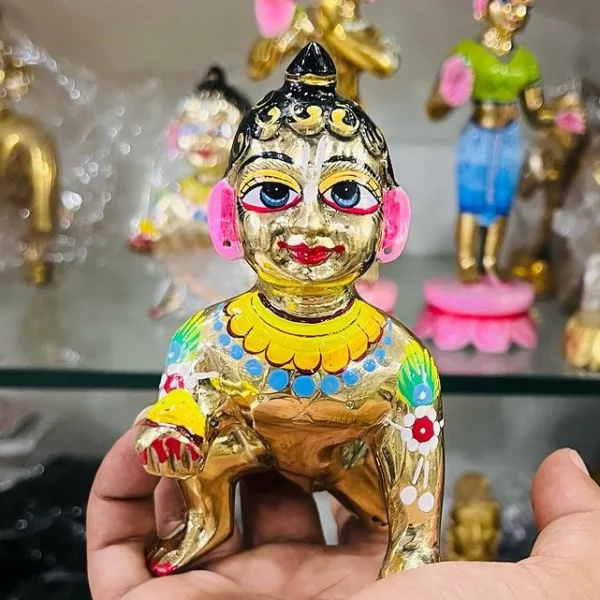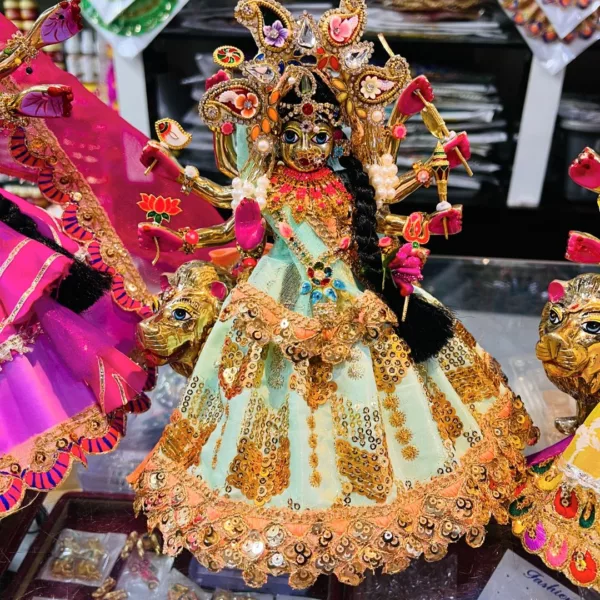Beside frolic and colorful festival Holi attains a significant place in Hindu tradition in terms of Lord Vishnu Puja. Spring season brings fun and happiness with this vibrant festival in which people socialize and perform all rituals to worship Lord Vishnu.
It’s not just about playing colors but it has a very inspirational story behind on Holika Dahan. Let us find out more about Holi Puja and this auspicious Hindu festival.
Playing colors, enjoying and indulging in sweets are not all about Holi but it has a strong religious background. Holi is celebrated on the full moon day i.e. Poornima in the month of Falgun (Hindu calendar month), in two consecutive days- on first day Choti Holi or Holika Dahan and the second day is Dhulendi, also known as Dulandi, Rangwali Holi or Rango Ki Holi.
Holi saga is a triumph of victory of good over evil and is celebrated at the onset of spring which is a season of harvest. Thus it is celebrated as a thanksgiving occasion to the harvest.
The festival has a splash of colors which is Smeared on one’s face and body, people throw balloons filled with colored water on one another and enjoy mouth-watering delicacies.
History of Holi
Holi is deeply related with Lord Krishna whose evil maternal uncle (Mama) a demon king ordered an ogress Putana to breastfeed Krishna to kill him. Putana somehow managed to grab the little toddler and breastfeed him but Lord Krishna sucked his Poisonous milk in order to release her from this ogress curse and killed her to death.
This was the reason of Krishna’s color turning blue as he fed poisonous milk during early ages. Once he was really upset with his color as Radha was very fair then his mother tried to appease the child and told him that he can apply any color on Radha’s face. Krishna was very happy and played this small play with Radha and this gained a huge popularity later. This filled Vrindavan with joy and happiness, now it is known as Dhulandi.
Victory of good over evil
Another Hindu mythological text recites that this colored festival is a celebrated as a request to Lord Vishnu and his biggest follower Prahalad. Prahlad was the son of a demon king Hiranyakashyapa who termed himself as god and wanted that everyone in the world should worship him.
Prahalad was an ardent worshipper of Lord Vishnu which he didn’t like. His father has some powers as blessings like he cannot be killed by any human or animal, neither by any weapon nor in any form. He cannot be deceived in any part of the day i.e. Morning, afternoon, evening or night.
Neither outdoors nor indoors and he were invincible in the land, water, and air. All these powers made him arrogant and he started considering himself eternal and stated self-god.

Everyone in his kingdom started worshipping him as a god due to fear of death as he killed those people who prayed god but his own son defied his orders and continued worshipping Lord Vishnu. In order to punish him and teach a lesson he did all cruel practices to shatter his faith in God but he was unsuccessful in his acts.
Finally, he went to his sister Holika and said him to burn him alive. With his orders, Holi trapped Prahalad in pyre as she had a superpower that fire cannot burn her. But as soon as the fire was lit Prahalad started chanting lord Vishnu’s name “Om Hari” which gave him protection from fire and being Holika wrong in spite of protection got burnt to death. Thus burning Holika mentions burning all evil and bad surroundings and symbolizes good over evil.
Holi Significance
After Basant Panchami, this festival of colors is to welcome the hail of full-blown spring. It symbolizes that though we have gone through harsh winters now spring is here to spread love and beginnings of new life. The festival shares message of love, strength, unity, and integration amongst one another. In spite of caste, color, creed or religion this occasion is like various colors merging in one.
Science behind Holi
Our emotions and mood depend on the senses which mind perceives. Colors play an imperative role in changing one’s mood both on the subtle and gross level. Color therapy has shown a remarkable difference in mental relieve and healing therapy in emotional disorders.
Thus each color has a different effect on mood and Dhulandi Colors played is made of natural substance Gulal with scented flowers extract, turmeric etc which has a great impact. Nowadays these colors are replaced by synthetic and chemical substances.

Natural colors were good for skin and other heals as per Ayurvedic too but this has changed a lot after synthetic colors. Due to this festival has lost its spiritual effect and aroma of colors to cheer up one’s life.
Mainly four symbolic colors are used to play Holi though there is a variety of color available in the market now. Like blue, red, yellow and green which signifies love, peace, happiness, and joy respectively.
Items needed for Holi Puja (Puja Samagri)
- Radha and Krishna image
- Flowers
- Colors- Abeer or Gulal
- Ghee of cow milk, earthen lamp, cotton wicks, Gangajal
- Homemade sweets and fruits
- Bell, incense sticks, and scented water
- Tulsi leaves and sandalwood paste Chandan
Household Holi Puja Vidhi
- In the morning take bath, wear clean clothes and go to your house temple.
- Keep the Radha Krishna image on the flowers of clean red cloth while facing in the east direction.
- One should place all puja items on the place of worship and apply gulal on Radha Krishna’s lotus feet.
- Apply sandalwood paste and offer incense sticks, earthen lamp, and tulsi to the god goddesses.
- Then offer sweets and thereafter Gangajal.
- Revolve in a circle after offering the items to the god by joining both the hands.
- After puja is completed sprinkle Gangajal on everyone and applies gulal on faces and distribute Prasad as blessings.
Shastravat Puja Vidhi
Shastric puja of Dhulandi is detailed and includes following
- Sri Kalasha Sthapana
- Aavahana
- Swastivachan
- Sodashopchar puja
- Sri sri radha mohan puha
- Sri vrindavan dham pujas
- Sri varjmandal puja
- Purnahuti
- Homa and visarjan
Sri Krishna Aur RadhaJi Ki Aarti
!! Om Jai Shri Radha, Jai Shri Krishna,
Shri Radha Krishnayah Namah !!
!! Ghoom Ghumaro Ghamar Sohe, Jai Shri Radha,
Pat Pitambar Muni Mann Mohe Jai Shri Krishna !!
!! Jugal Prem Ras Jham Jham Jhamke,
Shri Radha Krishnayah Namah !!
!! Radha Radha Krishna Kanhiya, Jai Shri Radha,
Bhav Bhav Sagar Paar Lageya, Jai Shri Krishna !!
!! Mangal Murthi Mooksh Kreya,
Shri Radha Krishnayah Namah !!
Shri Krishna Ashtakam
Vasudeva Sutham Devam Kamsa Chaanoora Mardhanam |
Devaki Paramaanandham Krishnam Vande’ Jagathgurum ||
Adhasee Pushpa Sankaasam Haara Noopura Sobhitham |
Rathna Kangana keyooram Krishnam Vandhe’ Jagathgurum ||
Kutilaalaka Samyuktham Poorna Chandra Nibhaananam |
Vilasath Kundala tharam Krishnam Vandhe’ Jagathgurum ||
Mandhara Gandha Samyuktham Chaaru-haasam Chathur-bhujam; |
Parhipinjaa Vasoodaangam Krishnam Vandhe’ Jagathgurum ||
Uthpulla Padma Patraksham Nilajimutha Sannibham. |
Yaadhavaanaam Sirorathnam Krishnam Vandhe’ Jagathgurum ||
Rukmini Ke’li Samyuktham, Peethambara Su Sobitham; |
Avaaptha Thulasi Gaandharam, Krishnam Vande Jagathgurum. ||
Gopikaanaam Kusathvanthva Kunkumaangitha Vakshasam |
Srinike’tham Maheshvaasam Krishnam Vandhe’ Jagathgurum ||
Srivatsaankam, Mahoraskam, Vana Maala Virayitham; |
Sanka Chakra Dharam, Devam, Krishnam Vande Jagathgurum. ||
Krishnaashtakam itham Punyam Praatha Ruththaaya Ya:pade’th|
Ko’ti Janma Krutham Papam Smaranaath Thasya Nachyathi. ||
Shri Krishna Aarti
Aarti Yugal Kishor ki Kijai,
Radhe Tan Man dhan nyochhavar kijai.
Ravi shashi koti badan ki shobha,
Tahi nirakh mera man lobha.
Gaur Shyam mukh nirkhat rijhai,
Prabhu ko rup nayan bhar pijai.
Kanchan thar kapur ki bati,
Hari aye nirmal bhai chhati.
Phulan ki sej phulan ki mala,
Ratna sinhasan baithe Nandlala.
Mor mukut kar murli sohai,
Natwar vesh dekh manmohe.
Oddhe peet neel pat sari,
Kunj Bihari Girvardhari.
Shri Purshottam Girvar dhari,
arti karat sakal Brajanari.
Nandnandan Vnishabhanu Kishori,
Parmanand svami avichal jori.
This was all about Holi Puja. If you are facing any issues in life or want to add-on to the good days, we recommend you offer a Puja.
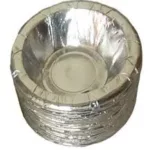


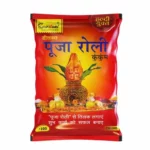 Roli (रोली)
Roli (रोली)